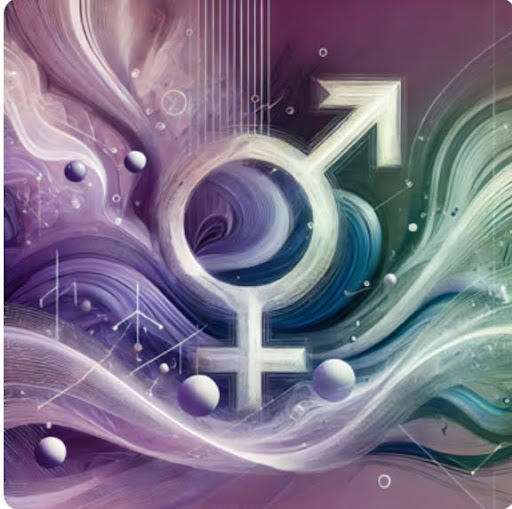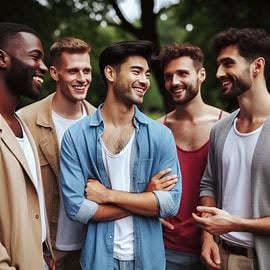
REDEFINING MANHOOD: The Evolution of Prosocial Masculinity in a Gender-Fluid Era
REDEFINING MANHOOD: The Evolution of Prosocial Masculinity in a Gender-Fluid Era
This publication provides a comprehensive structure for exploring the evolution of masculinity and the emergence of prosocial masculinity in a changing cultural landscape. It addresses historical perspectives, 20th-century shifts, current issues, and future trends, offering a scholarly approach to understanding the complex interplay between masculinity and evolving gender norms.
Table of Contents
Introduction: The Shifting Landscape of Masculinity
Historical Perspectives on Masculinity
Ancient and Medieval Conceptions
Code of Hammurabi and Biblical References
Chivalric Ideals and Heroic Masculinity
Victorian Era Transformations
From Traditional Heroism to New Ideals
The Rise of Physical Masculinity
The 20th Century: A Period of Rapid Change
World War II and Its Aftermath
Women In the Workforce and Changing Domestic Roles
The Sexual Revolution and Women's Rights: Impact on Traditional Gender Norms
The "Crisis of Manhood”: Challenges to Traditional Masculine Identities
Current Issues in Gender Norms
Pressure to Adhere to Traditional Masculinity
Impact on Prosocial Behavior in Adolescent Boys
The Role of Peer Influence and Socialization
The Emergence of Prosocial Masculinity
The Paradox of Modern Masculinity
Balancing Traditional Expectations with Evolving Societal Norms
Defining Prosocial Masculinity
Characteristics and Behaviors
Challenges to Implementing Prosocial Masculinity: Overcoming Societal and Peer Pressure
Benefits of Prosocial Masculinity: For Individuals, Relationships, and Society
The Future of Gender Norms
Moving Beyond Traditional Gender Roles: The Influence of Changing Economic and Cultural Conditions
Embracing Gender Fluidity
Redefining Masculinity in the Workplace: Challenging Implicit Masculine Coding of Careers
Conclusion: Towards a More Inclusive Understanding of Manhood
50 pages.


